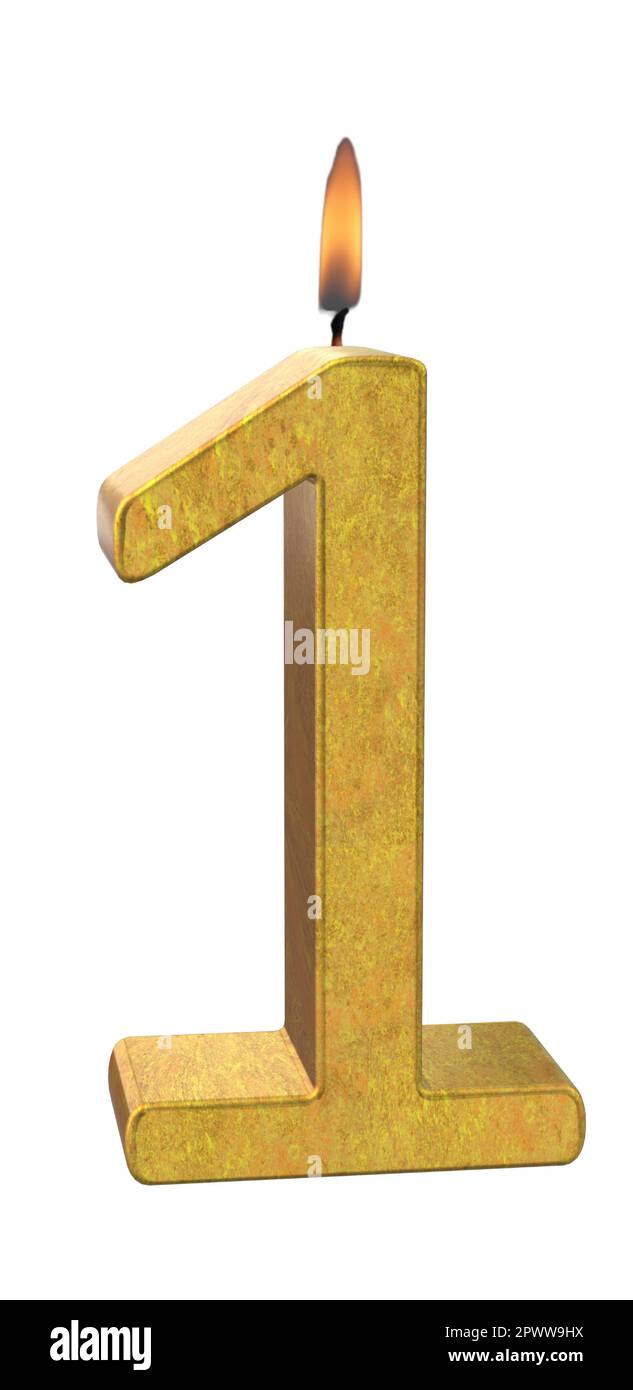When it comes to fishing, the right tackle can make all the difference between a successful day on the water and coming home empty-handed. Among the various types of lures, jig heads are some of the most versatile and effective tools available. This guide will provide you with everything you need to know about choosing the right 1/4 oz jig head for your fishing endeavors.
Understanding Jig Heads
Jig heads are weighted hooks that are designed to hold soft plastic baits, making them ideal for a variety of fishing techniques. The 1/4 oz jig head is particularly popular among anglers for its versatility, allowing it to be used in both freshwater and saltwater environments.
Why Choose a 1/4 oz Jig Head?
The 1/4 oz weight is a sweet spot for many anglers. Here are several reasons why:
- Versatility: A 1/4 oz jig head can be used for various species, including bass, walleye, and panfish.
- Depth Control: This weight can reach moderate depths quickly, making it effective in both shallow and deeper waters.
- Ease of Casting: It offers a good balance between casting distance and control, making it suitable for beginners and experienced anglers alike.
Key Factors to Consider When Choosing a 1/4 oz Jig Head
Not all jig heads are created equal. Here are several factors to take into account when selecting the right one for your fishing needs:
1. Hook Size and Shape

The size and shape of the hook can significantly impact your success rate. Common hook sizes for 1/4 oz jig heads range from 2/0 to 4/0. The hook shape can also vary, affecting how the bait swims and presents in the water.
- Wide Gap Hooks: Ideal for larger baits and offers better hook-up ratios.
- Offset Hooks: Excellent for weedless presentations, helping to navigate through heavy cover.
2. Head Design

The design of the jig head can influence how it interacts with the water. Consider the following designs:
- Round Heads: Great for vertical presentations and mimic natural bait movement.
- Football Heads: Provide stability and are ideal for dragging along the bottom.
- Stand-Up Heads: Keep the bait upright, perfect for enticing strikes from bass.
3. Material and Finish
Jig heads are typically made from lead, but other materials like tungsten are also available. Each material has its pros and cons:
- Lead: Economical and widely available but less environmentally friendly.
- Tungsten: Smaller and denser, allowing for better sensitivity and a smaller profile.
4. Color
The color of the jig head can play a crucial role in attracting fish. Consider local water conditions and the species you are targeting:
- Bright Colors: Ideal for murky waters or when fishing in low light conditions.
- Natural Colors: Better for clear waters, mimicking local baitfish.
Matching Your Jig Head with Soft Plastics
Choosing the right jig head also involves pairing it with the right soft plastic bait. Here are tips on matching them effectively:
- Weight Matching: Ensure that the weight of the jig head complements the size and type of bait used.
- Color Coordination: Choose colors that either complement or contrast with the jig head for better visibility.
- Action Compatibility: Select baits that have the right action (swimming, fluttering) to utilize the jig head’s design effectively.
Best Fishing Techniques Using 1/4 oz Jig Heads

Here are a few popular techniques for utilizing 1/4 oz jig heads:
1. Vertical Jigging
This technique is particularly effective for targeting fish that are suspended in the water column. Simply drop the jig straight down and use short, quick lifts to mimic baitfish movement.
2. Casting and Retrieving
By casting the jig head and retrieving it at varying speeds, you can cover a large area and entice predatory fish. Experiment with different retrieve speeds and actions to find what the fish prefer.
3. Dragging Along the Bottom
For species like walleye and bass, dragging a jig head along the bottom can be incredibly effective. This technique presents the bait as a struggling prey, triggering instinctual strikes.
Case Studies: Success Stories with 1/4 oz Jig Heads

To illustrate the effectiveness of 1/4 oz jig heads, let’s look at a couple of case studies:
Case Study 1: The Lake Erie Walleye Challenge

During a recent tournament on Lake Erie, an angler used a 1/4 oz jig head with a chartreuse soft plastic. He reported a catch rate of over 30 fish in just a few hours by vertically jigging in deeper waters where walleye were suspended. This highlights the effectiveness of matching jig head weight with the fishing environment.
Case Study 2: The Bass Bonanza

In a local bass tournament, a team utilized a 1/4 oz jig head with an action-tail soft plastic. They fished shallow weed beds and successfully caught several largemouth bass, demonstrating how the right jig head can enhance bait action and attract fish.
Statistics on Jig Head Usage
According to recent surveys of amateur and professional anglers:
- Over 65% of anglers reported using jig heads as their primary form of tackle.
- 1/4 oz jig heads account for nearly 30% of all jig head sales, highlighting their popularity.
- Anglers using jig heads paired with soft plastics reported a 40% higher catch rate compared to those using other lures.
Choosing the right 1/4 oz jig head is essential for maximizing your fishing potential. By understanding the factors that influence your choice—hook size, head design, material, color, and how to pair them with soft plastics—you can significantly enhance your fishing experience. Whether you’re targeting bass, walleye, or other species, the right jig head can be the difference between success and failure. Remember to experiment with different techniques and combinations to find what works best in your local waters. With the insights from this guide, you’re well on your way to becoming a more effective angler. Happy fishing!